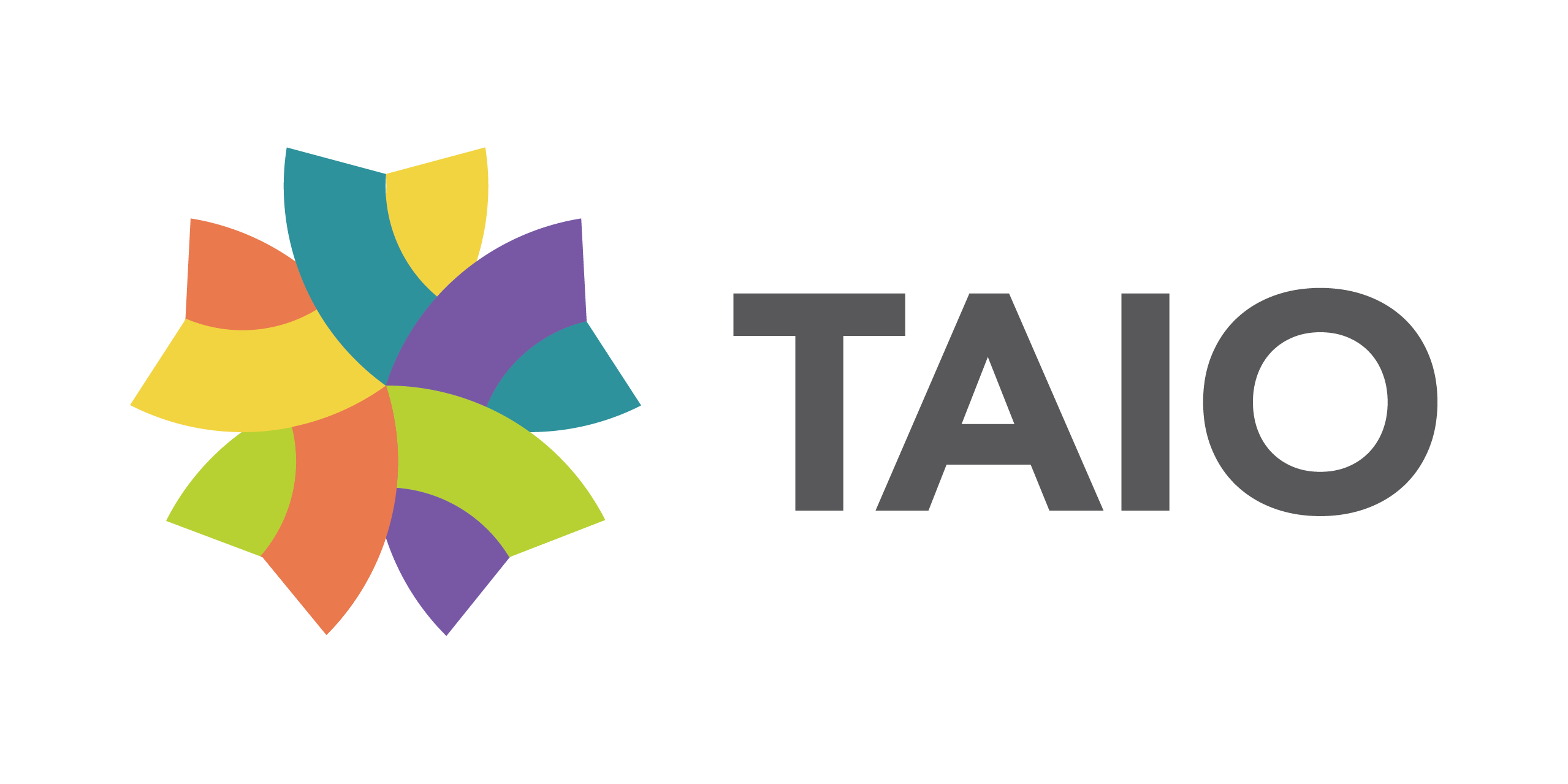Revenue cycle management (RCM) is pivotal in managing the financial aspects of patient care services. By ensuring healthcare organizations are paid on time and in full, effective RCM helps maintain a stable revenue stream and manage cash flow, resulting in a steady and predictable income.
However, one persistent challenge is delayed reimbursements, which can severely disrupt cash flow and strain financial operations. This article will explore strategies to address these delays and optimize your RCM process for better financial health.
Table of Contents
Key Takeaways

A stable workforce boosts the revenue cycle efficiency.

Proactively manage accounts receivable to avoid revenue loss.

Streamlining processes is essential for revenue cycle management success.
Beyond just financial aspects, home healthcare revenue cycle management has broader implications. It aids in complying with various regulations and standards. Clear billing and efficient service delivery fosters trust.
Most importantly, it enhances the patient experience. Overall, RCM is an indispensable part of revenue cycle performance. It boosts a provider’s reputation and ensures financial stability.
Revenue cycle management typically includes:
- Patient Registration. Collecting patient demographic and insurance information.
- Insurance Eligibility and Authorization. Verify eligibility, patient financial responsibility, and insurance coverage for obtaining prior authorization.
- Charge Capture and Coding. This documents the services provided. It enables agencies to convert services into billable charges. And it ensures using the correct medical codes.
- Claim Submission. Engaging insurance companies for claims reimbursement.
- Payment Posting and Reconciliation. Recording and collecting payments upfront and reconciling accounts.
- Account Receivable Management. This includes following up on unpaid claims. It involves resolving claim denials and collecting patient due amounts.
- Reporting and Analytics. Utilize data analytics for insights into revenue cycle management processes. Then identify areas for improvement by tracking key performance indicators.
Each step needs careful management to ensure timely and accurate patient payments.
Why AR Management is Important in RCM
Accounts Receivable (AR) management directly impacts a healthcare provider’s revenue cycle. It involves meticulous tracking and handling of payments and claims. The longer a bill remains unpaid, the more difficult it becomes to collect it.
A 2021 poll asked medical practices about their AR. 49% reported an increase in the time it takes to get paid. And this can lead to agencies losing 5-15% of their yearly revenue.
In recent years, the home healthcare industry faced unique challenges. These changes involve several factors.
- Workforce dynamics shift
- Patient financial responsibilities change
- Healthcare policies evolve
Each factor can impact the efficiency of revenue cycles. But there’s good news. The right strategies and innovative solutions can all improve RCM.

Causes of Inefficient and Ineffective RCM
Cause #1
Incorrect and Incomplete Documentation
Accurate documentation in home healthcare is critical for effective billing and claims processing. It reduces the risks of claim denials and reimbursement delays, which are common when patient information is incomplete or incorrect.
Challenges are amplified due to diverse care environments and the involvement of multiple caregivers, each of whom may record information differently or miss details without standardized protocols.
Cause #2
Medical Billing Errors
A core component of the revenue cycle is medical billing. It involves creating accurate bills for services rendered. It also ensures bills comply with insurance requirements. In addition, it also means following up on unpaid claims.
Billing errors are a major contributor to inefficiencies. These errors range from incorrect patient demographics to coding errors. More complex issues can arise, like improper charge captures, which can further delay reimbursements.
Billing errors lead to financial losses and consume valuable time and resources. Staff are forced to identify, rectify, and resubmit claims.
Cause #3
Staff Turnover and Inadequate Training
Consistent staffing correlates to fewer errors in registration and billing. Experienced staff are more adept at handling complex billing scenarios. And lower turnover rates remove the need to train new employees.
In addition, inadequate training further compounds the problem. Staff may struggle with submitting claims correctly. They may have a hard time managing patient eligibility verification and handling claims denial management.
In short, workforce stability enhances your revenue cycle. It also points to the importance of investing in employee satisfaction. These indirectly bolster the financial health of your organization.
Best Practices to Increase Collections
Submitting clean claims improves the collection of medical bills. Monitoring receivables boosts it. Effectively managing denied claims is another key factor. And all of this contributes to overall patient satisfaction. Let’s delve into these practices in detail.
Ensuring Clean Claims

A “clean claim” is one that is free from errors and has all the necessary information, making it ready for insurance payers to process. While each claim has a different set of requirements, the first few steps to having clean claims are to:
- Ensure that patient information, diagnosis and procedure codes are accurate and complete.
- Update your team on billing guidelines and payer-specific requirements.
- Conduct regular audits to identify common errors.
Another way to improve revenue cycle management is through workflow automation, where agencies use of technology to streamline and enhance various administrative and clinical processes. A great example would be automating billing creation.
In this system, the bulk of the billing process is automated to handle routine tasks such as data entry, claim generation, and initial error checks. However, before final submission, claims pass through a manual review stage where trained billing specialists check for any nuances or complex issues that the automated system might not catch effectively.
Maintaining clean claims significantly enhances the efficiency of your revenue cycle management. This proactive approach ensures faster reimbursements and supports the financial stability crucial for high-quality patient care.
Monitoring Receivables
A regular review of aging reports helps identify claims that are taking too long to pay. Analyze AR data to identify patterns or common issues and establish benchmarks for AR days: the average number of days it takes to collect payment. You should always strive to meet or even exceed these targets.
Manage and Monitor Denied Claims
Denied claims represent a significant challenge in revenue collection. Providers typically have 30 to 60 days to rectify the situation. Past that, they forfeit the payments. One of our clients lost around $40,000 in revenue due to late claims before engaging TAIO. That’s why teams need to quickly respond to denied claims and rectify them.
However, you can avoid this with the proper systems and processes in place. This means detailed eligibility verification before service delivery. Have clear and complete documentation to support every claim.
If all else fails, develop a system for addressing denied claims. Implementing an automated process can streamline patient access, making it easier to submit claims to health plans. This approach also assists in providing accurate financial estimates, ensuring compliance with payer rules and managing prior authorization requirements efficiently.
Why You Should Outsource Revenue Cycle Management
There are numerous benefits to outsourcing your RCM. It can be a strategic move for healthcare providers. By offshoring core tasks, agencies can focus on patient care. And they get access to specialized expertise and the latest technology. Here are four reasons why outsourcing could be beneficial.
- Cost Reduction. Outsourcing can greatly reduce costs. Save on costs related with staffing, training, and maintaining an in-house team. This includes the overheads of employee benefits, office space, and technology infrastructure.
- Expertise and Efficiency. Offshore companies employ professionals who know the ins and outs of billing and coding. They understand claims processing and compliance with regulations. This specialized knowledge often translates to more efficient handling of the revenue cycle. It leads to faster claim processing, reduced errors, and improved collection rates.
- Focus on Core Competencies. This allows medical staff to focus on their clinical duties instead of administrative tasks. The result is improved patient experiences and outcomes.
- Scalability and Flexibility. This is helpful for smaller practices. It also benefits those with changing patient volumes. Outsourcing firms can easily adjust to changing workloads. They ensure consistent and uninterrupted RCM processes.
- Access to Skilled Professionals. The shortage of skilled healthcare professionals is another compelling reason to consider outsourcing. Outsourcing helps bridge this gap by providing access to experienced personnel who can manage critical tasks efficiently.
Outsourcing certain roles can streamline the RCM process. It enables agencies to enhance their claims management and patient service quality. The key is finding the right outsourcing partner.
Here are 6 you might want to consider.
- Medical Coding and Billing. This step turns medical services into billing codes. It involves processing claims to insurance companies. Accuracy here is crucial to ensure correct payments.
- Claims Submission and Follow-ups. This involves sending claims to insurers. Following up on these claims is key. It includes handling denials and appeals. This process ensures that providers receive timely payments.
- Patient Billing and Collections. This stage manages invoicing patients for their share of costs. It also involves following up on any unpaid bills. Efficient collections are important for maintaining cash flow.
- Eligibility and Authorization Verification. Before any procedures, verifying patients’ insurance is vital. This step ensures they are eligible for services. Getting the necessary authorizations is also part of this process.
- Data Entry and Processing. Entering patient information accurately is fundamental. This task supports all other RCM processes. It includes handling administrative tasks related to patient data.
- PCP Call-outs/Scheduler A PCP call-out specialist is responsible for scheduling appointments with primary care providers and ensuring that complete visitation notes are submitted.
Paving the Way to a Healthier Revenue Cycle
All these strategies are more than just best practices. They are essential steps towards making informed decisions. Implementing these approaches brings two key benefits. A healthcare provider will see better financial performance. And they garner higher patient collections. There’s great potential to improve revenue cycle management for home healthcare organizations. By tackling these challenges, providers move towards a more secure financial future.
Frequently Asked Questions
Revenue cycle optimization involves refining processes to improve overall performance. This includes enhancing steps from registration to final payment collection. It aims to reduce errors, speed up collections, and handle denied claims more effectively.
The most crucial activity in the revenue cycle process is submitting claims accurately and promptly. For agencies, this ensures timely reimbursement and helps manage healthcare costs effectively.
An organization can enhance its healthcare revenue cycle by streamlining its claims management. This includes efficient management of patient financial responsibility and optimizing patient service revenue. Using automated processes and electronic prior authorizations can lead to significant improvements. Also, focusing on denial management helps reduce denied claims.




